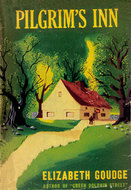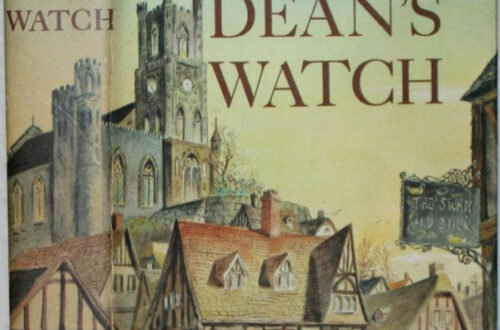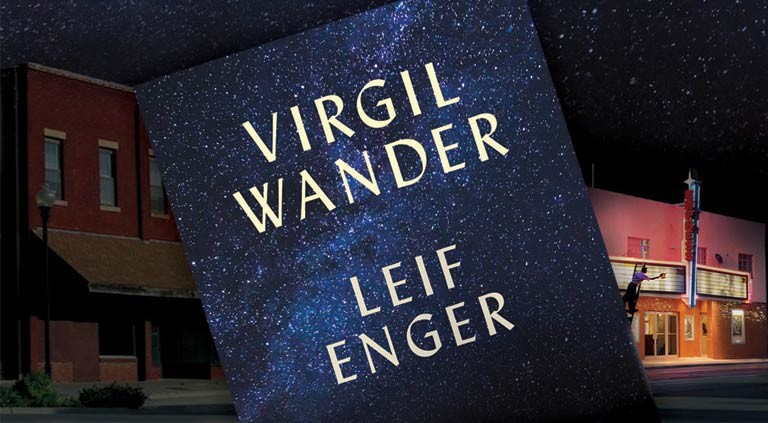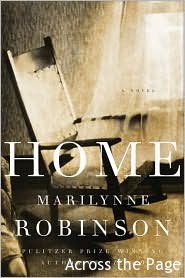Pilgrim’s Inn
“Who did that?” he demanded.“Ben, my oldest boy,” said Nadine…
“It’s damn good,” said John Adair, almost with violence.
“But the drawing –”
“Faulty, of course, he’s had no teaching. But he’s got it — the light.”
It’s a conversation between artist John Adair and Nadine Eliot, returning in this second book of the trilogy Elizabeth Goudge began with The Bird In the Tree. They are discussing a painting of her son Ben Eliot’s, but they could just as accurately be discussing Pilgrim’s Inn, for in some ways it’s a flawed book.
The characters are way too smart and perceptive to be at all “realistic.” Instead of taking place in the world I live in, where people misunderstand a look, a gesture, even an overt statement, this tale takes place in a superhuman dimension of highly aware and well-read people, well-versed in classic paintings and acting and literature, quoting Shakespeare to one another. Worse, it seems obvious that Goudge couldn’t figure out how to get her story across without intruding her narrative on her characters. At times, they seem like mere puppets voicing beautiful but implausible speeches to one another.
Yet as John Adair says of Ben, “She’s got it — the light.” Despite its technical weaknesses, it develops an imaginative and spiritual vision that’s deeply nourishing. Goudge tells a story in her autobiography of a similar experience in an art class where she had painted a flawed picture, but one the teacher held up as an example of sure inspiration; it captured the feel of faerie, he explained. This book captures the feel of a corner of the world rich in history and redemptive power. I loved it.
At the center of the tale is George and Nadine Eliot’s purchase of the Herb of Grace, an ancient pilgrim’s inn (or maison dieu) in which people used to stay when they came on pilgrimages to the nearby monastery. It’s a story about getting to the heart of things, be they marital failures or nervous breakdowns or artistic technique or traumatic pasts. Everyone in this novel is broken or wounded and in need of healing in some way, and they find it while at the Herb of Grace.
Like other Goudge stories, in this one getting to the heart of human problems is intertwined with getting to the heart of architecture. The richness of the past flowing through to the present as a redemptive force is made most literal in the uncovering of the Herb of Grace’s history, where we learn the source of the mysterious but unmistakable spirit of graciousness, safety, and welcome it extends to all who come there. The 16th-century origin of the building, and the tales about its original Cistercian host, are traced in various physical artifacts and places rich in meaning that the Eliots discover in their first months there. At the heart of the house is a chapel, a symbol of consecration and love, that renders in architecture what must happen in the hearts of those who come there if they are to find new life.
Elizabeth Goudge hasn’t yet failed to evoke places I desperately wish I could visit. Her descriptions seem to hit a nerve in me, perhaps because they awaken a certain nostalgia and yearning, and perhaps because they are unabashedly spiritual. There are no places that are merely physical, no times consisting merely of the present, and no people who exist without reference or connection to others. Goudge acknowledges the dark aspects of this fallen world, but reinforces the hope that there is more in it than meets the eye — enough to satisfy the deepest longings of the heart.



